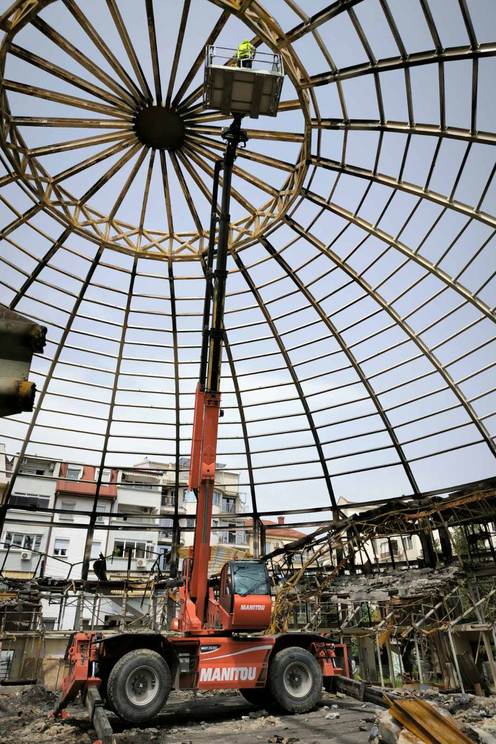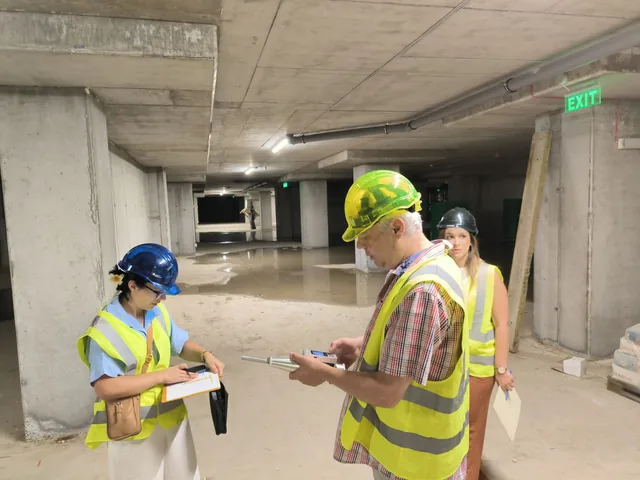Turning Research Into Resilience
ISOGKP is a scientific institution that converts theory into practice and puts the results in engineers’ hands. It integrates earthquake engineering, risk management, and climate adaptation to deliver more resilient buildings and communities. It operates using its own self-evaluation framework, SEISMIC, aligned with EFQM/Baldrige principles, to continually improve quality, impact, and stakeholder value.
We follow global best practices : performance-based seismic design , multi-hazard climate adaptation strategies , and advanced green technology for near-zero-carbon solutions . In structural health monitoring, we adopt risk-informed and value-based frameworks, ensuring that every sensor and measurement adds clear value for asset management and safety.
Creating Seismic Resistant & Green Cities
Welcome to PointLab
Solutions to highly complex problems
Our biggest challenge is to provide solutions to extremely complex problems that others cannot solve. From concept to compliance, we deliver earthquake-proof designs using advanced methods by a team that includes experts with over 40 years of scientific and professional experience.

Expert Services
We provide consultancy, feasibility studies, supervision, and advanced testing to support safe and sustainable engineering solutions.
Research & Facilities
We combine state-of-the-art in-situ testing methods, and advanced modelling tools to assess the resilience of structures and infrastructure.
Our Projects
From bridges and buildings to wind energy foundations and EU collaborations, our expertise transforms science into practice for engineers.
Get in Touch
Contact our team for collaboration, expert opinions, or to request a study. Together we can build safer, greener, and more resilient communities.

Specialized Services
FEM Analysis.
For complex engineering problems, our research team uses state-of-the-art software—ANSYS, ABAQUS, and PLAXIS—for both linear and nonlinear analysis.
Design
Our experts have designed wind turbines, concert halls, and high-rise buildings.
Assessment
Our specialties include evaluating the seismic stability of existing structures and assessing the safety of buildings damaged by fires and other hazards.
